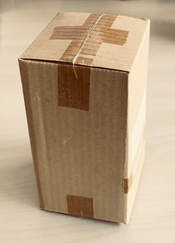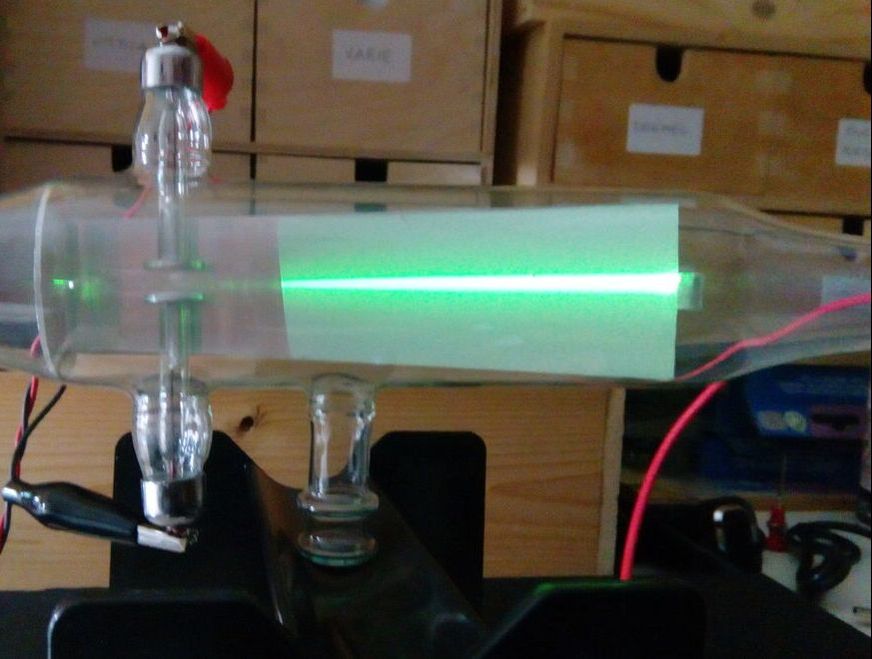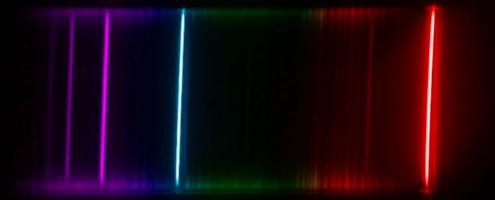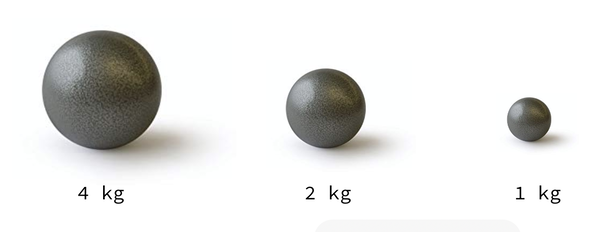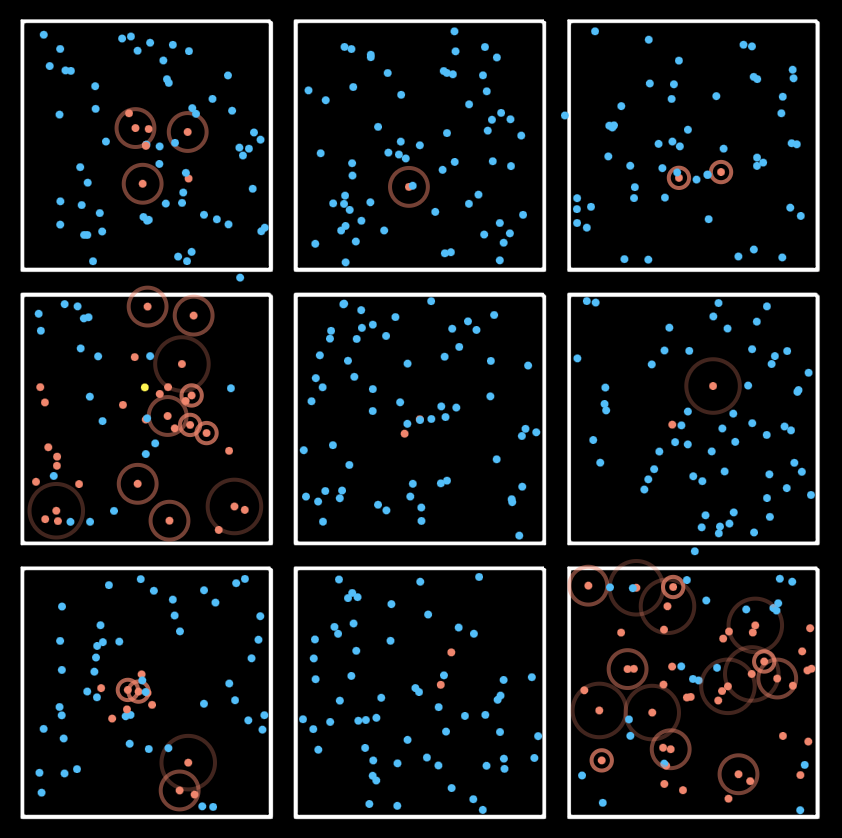Activity 1 - Mystery box
Conceptual understanding: We can propose models of things we can't see using experimentation and observation.
|
Time: 30 min.
Task: Prepare a mystery box by adding a number of objects inside and sealing it. Students must attempt to draw a model of what is inside the box with an explanation of their thinking. Questions for students:
|
Extension: Do we need to see inside the box to 'know' what's in there? Can you think of any contexts where other ways of knowing are more important?
Activity 2 - Modelling the atom
Conceptual understanding: Models of the submicroscopic world can be used to explain macroscopic properties of matter
Time: 20 min
Task: Depending on your level of study, you may have seen some or all of these models of the atom (left). Models are constructed by chemists to help try to explain the behaviour of matter that we can see. There is no such thing as a right or wrong model - just a more or less useful one.
Consider the following questions:
Consider the following questions:
1a. As a start point, it may be useful to try and recall what the features of these different models are. For example, model a represents a single, solid piece of matter. What are the other models composed of?
1b. Each of these models is useful in some way as they were each created as a possible way to explain an observation or inference. Can you suggest which models might be useful for the observations/inferences below and why? It might also be useful to consider which models would not be useful in each case. More than one model might be useful for each.
|
Observation 1: When I push against a wooden door, my hand does not go through the wood.
|
Observation 2: Negatively charged particles can move independently in a cathode ray.
|
Inference 1: An atom is made mostly of empty space.
|
Inference 2: An atomic emission spectrum suggests that electrons can move between levels of differing energy.
|
Activity 3 - Modelling mass spectrometry
|
Conceptual understanding: Macroscopic modelling might help with submicroscopic understanding.
|
Time: 5 min.
Task: Imagine that you roll each of these iron balls past a magnet at the same velocity.
|
Activity 4 - Modelling a pandemic
|
Conceptual understanding: Modelling has strengths and weaknesses
Time: 10 min.
Task:
|
